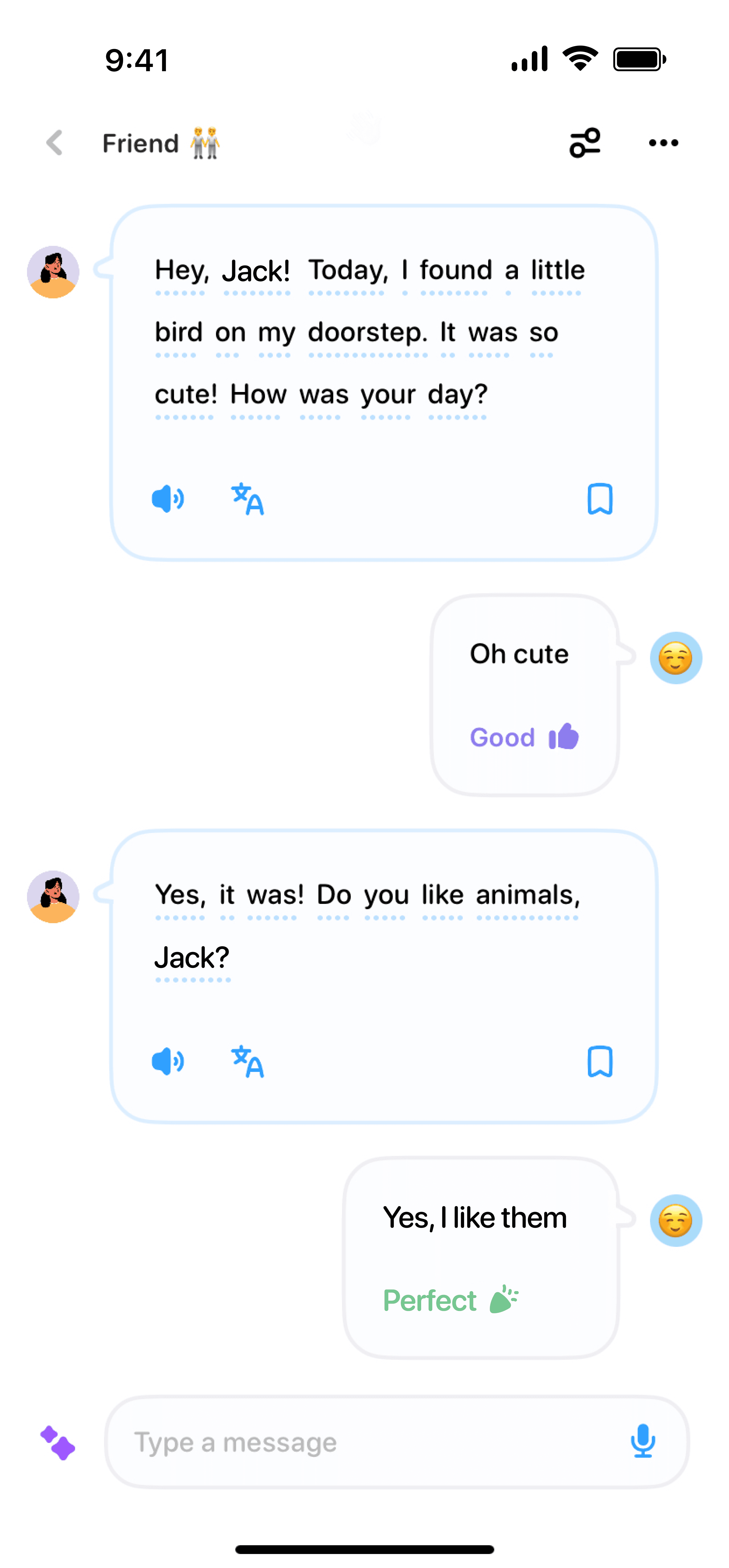05/07/2024
·
Emma Robbie
Learning a new language can seem like a daunting task, but it doesn’t have to be! If you’re saying to yourself, "I am learning Spanish in English," then you’re already taking a fantastic first step. Understanding Spanish can open doors to new cultures, travel experiences, and even career opportunities. Let's dive into some practical steps to make learning Spanish easy and fun!
Start with the Basics
The best place to begin is with the basics. You don’t need to dive headfirst into complex grammar rules right away. Start with simple words and phrases that you will use often. Greetings, colors, numbers, and common verbs are great starting points. Here’s a quick list to get you going:
Hola (Hello)
Adiós (Goodbye)
Por favor (Please)
Gracias (Thank you)
Sí (Yes)
No (No)
Practice using these words in simple sentences. It helps to say them out loud to get comfortable with pronunciation. Speaking is just as important as listening when it comes to language learning.
Use Language Learning Apps
Technology has made it easier than ever to learn a new language. There are several apps designed to help you learn Spanish in English efficiently. Some popular ones include Duolingo, Babbel, and Rosetta Stone. These apps offer lessons that range from beginner to advanced, incorporating both vocabulary and grammar.
What’s great about these apps is that they use gamification to make learning fun. You earn points, unlock levels, and even compete with friends. Daily notifications can also help remind you to practice regularly—a key to making progress.
Watch TV Shows and Movies
Another fun way to learn Spanish is by watching TV shows and movies. Platforms like Netflix and Hulu have a vast selection of Spanish-language content. Start with shows or movies you’re already familiar with, but watch them in Spanish with English subtitles.
Listening to native speakers will improve your pronunciation and fluency. Plus, you'll pick up on colloquial phrases and slang that you won't find in textbooks. The visuals will also help you make connections between what you hear and what is happening, reinforcing your learning.
Practice with Native Speakers
The ultimate goal of learning a language is to communicate with others. There are many online platforms that connect you with native Spanish speakers willing to help you practice. Websites like iTalki and Tandem offer language exchange opportunities where you can practice Spanish in exchange for helping someone else learn English.
If you're feeling shy, start with text chatting and gradually move to voice or video calls as you become more confident. Real-time conversation will push you to think on your feet and adapt quickly, tremendously accelerating your learning process.
Label Everyday Items
Immersing yourself in the language doesn’t mean you have to travel to a Spanish-speaking country. One simple trick is to label everyday items around your home with their Spanish names. This constant visual stimulation will help these words stick in your memory.
La puerta (The door)
El espejo (The mirror)
La mesa (The table)
El reloj (The clock)
Each time you use or look at one of these items, you'll be reminded of its Spanish name, helping to reinforce your vocabulary naturally.
Consistency is Key
Just like any other skill, consistency is crucial when learning a new language. Set aside a little time each day for study and practice. Even 10-15 minutes a day can make a big difference compared to cramming sessions once a week.
Create a study routine that works for you and stick to it. Use a variety of methods—apps, textbooks, videos, and conversation—to keep things interesting and well-rounded. The more you immerse yourself, the faster you'll progress.
Keep at It!
No matter your method, the key is to keep at it. The journey may seem long, but with each step, you’re getting closer to fluency. Remember, every bit of practice counts, and consistency is your best friend in this journey. So don’t give up, and soon you’ll find yourself comfortably conversing in Spanish!



